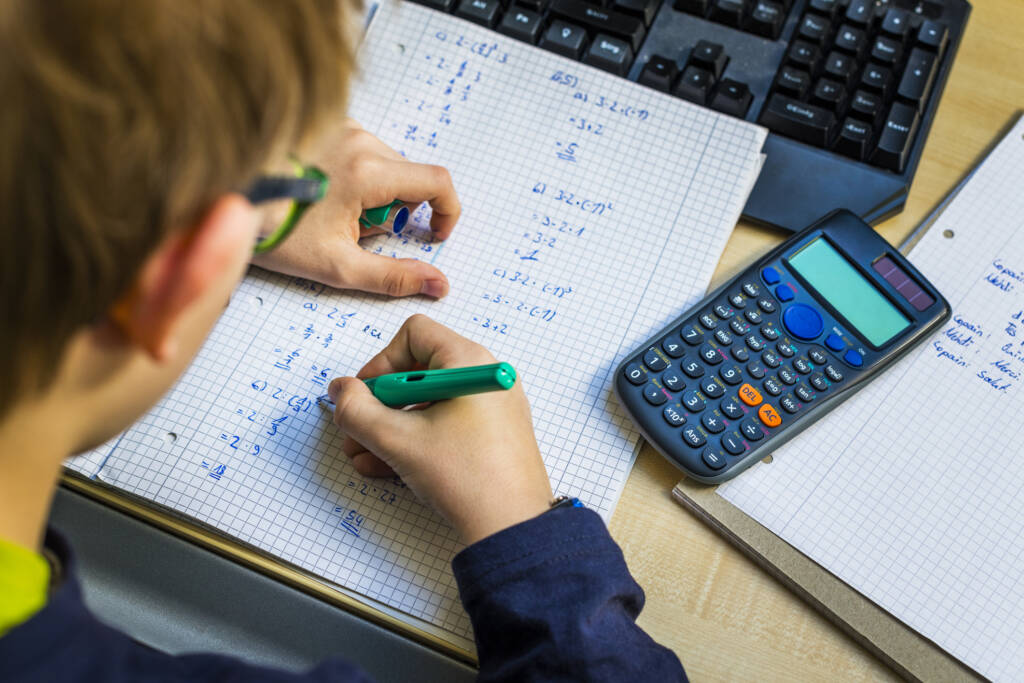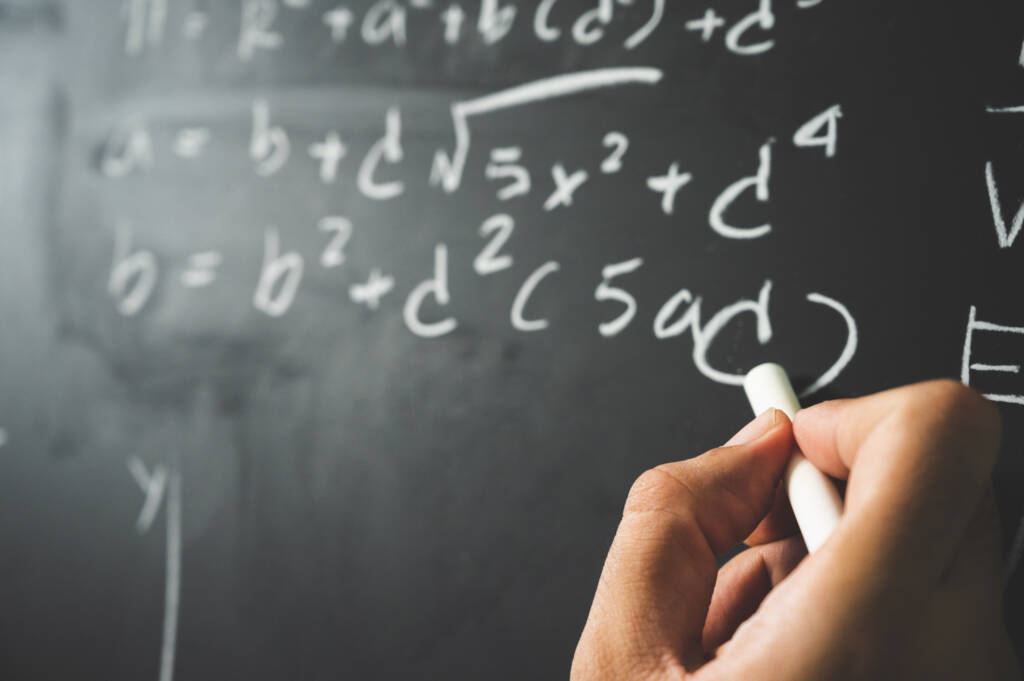
Liberal Arts Math / Algebra 2

Liberal Arts Mathematics/Algebra 2 is a course designed to strengthen mathematical skills for study beyond Algebra 1. The topics include linear equations and inequalities, operations with polynomials, data representation and analysis, geometric constructions, symmetry, similarity, systems of linear equations and inequalities, functions, quadratic equations, exponential equations, rational equations, radical equations, graphing equations, and functions.
Major Topics and Concepts
Expressions and Equations:
Interpreting Linear Expressions
Solving Linear Equations
Solving Linear Inequalities
Adding and Subtracting Polynomials
Multiplying Monomials
Multiplying Polynomials
Data and Measurement:
Representing Data
Comparing Data Sets
Interpreting Differences in Data Sets
Using the Normal Distribution
Converting Units
Using Measurements
Geometry:
Defining Geometric Objects
Constructing Geometric Objects
Identifying Symmetry and Transformations
Proving and Using Similarity
Solving Problems with Geometry
Rearranging Formulas
Using Formulas to Solve Problems
Relations and Functions:
Representing Functions
Using Function Notation
Identifying Key Features of Linear Functions
Analyzing Linear Functions
Analyzing Piecewise Functions
Linear Functions:
Using Different Forms of Linear Equations
Writing Linear Equations
Graphing Linear Equations
Solving Systems of Linear Equations Graphically
Solving Systems of Linear Equations Algebraically
Solving Linear Inequalities in Two Variables
Quadratic Functions:
Solving Quadratic Equations
Interpreting Quadratic Expressions
Graphing Quadratic Functions
Analyzing Quadratic Functions
Exponential Functions:
Writing Exponential Functions
Analyzing Exponential Functions
Graphing Exponential Functions
Other Types of Equations:
Solving Radical Equations
Solving Rational Equations
Course Materials
Besides engaging students in challenging curriculum, VLACS guides students to reflect on their learning and to evaluate their progress through a variety of assessments. Assessments can be in the form of self-checks, practice lessons, business trip activities, worksheets with multiple choice questions, essay and multiple choice questions on tests and quizzes, oral assessments, and discussions. Instructors evaluate progress and provide interventions through the variety of assessments built into a course, as well as through contact with the student in other venues.
Competencies
Expressions and Equations
Students will demonstrate an understanding of expressions and equations by solving linear equations and inequalities and evaluating monomials and polynomials.
Data and Measurement
Students will demonstrate an understanding of data and measurement by creating representations of data, comparing data sets, and solving problems involving conversion of units and measurements.
Geometry
Students will demonstrate an understanding of geometry by creating geometric shapes, identifying transformations, explaining similarity, and solving problems requiring the use of formulas.
Relations and Functions
Students will demonstrate an understanding of relations and functions by analyzing representations of functions and creating graphs of linear and piecewise functions.
Linear Functions
Students will demonstrate an understanding of linear functions by creating linear equations in standard, slope-intercept, and point-slope forms, graphing linear equations, solving systems of linear equations, and graphing linear inequalities.
Quadratic Functions
Students will demonstrate an understanding of quadratic functions by solving quadratic equations, evaluating quadratic expressions, and graphing quadratic functions.
Exponential Functions
Students will demonstrate an understanding of exponential functions by evaluating exponential equations and expressions and graphing exponential functions.
Radical and Rational Equations
Students will demonstrate an understanding of radical and rational equations by solving radical and rational equations.

